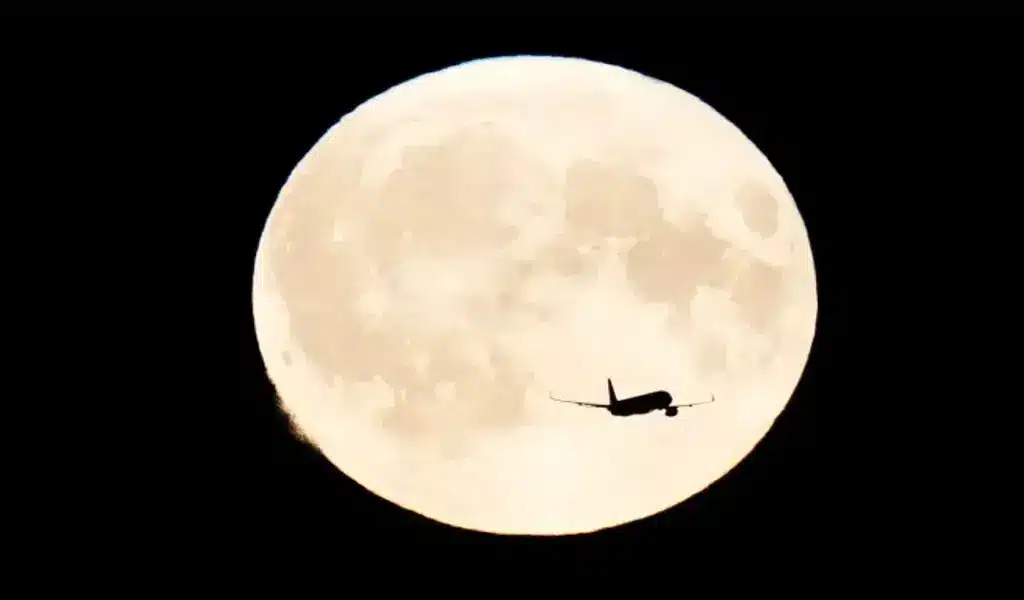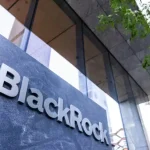(VOR News) – Not only is it September’s full “Harvest Moon” but it’s also a supermoon, meaning it’s a little bit bigger and brighter than a regular moon. This month is going to be extremely special if you are a person who observes the moon.
The International Space Agency (NASA) predicts that the full moon will occur on Tuesday, September 17, 2024, at 10:35 p.m. Eastern Daylight Time. For around three days, starting on Monday night and ending on Thursday morning, the moon will appear to be full. This is going to start on Monday night and go through Thursday morning.
The joy of witnessing the night sky will be increased by the partial lunar eclipse that occurs on the night of the full moon. This will be a fantastic chance for those who observe the night sky.
The term “harvest moon was applied to this moon by whom or what?
The full moon that falls on September 22, as per the calendar for this year, is the closest to the autumnal equinox. This specific moon is called the harvest moon.
For a very long time, the harvest moon has been associated with the time of year when crops need to be plucked from the fields. The harvest moon has been associated with this date.
“In the days before tractors with headlights, having moonlight to work by was crucial to getting the harvest in quickly before rain caused it to rot,” says Sky & Telescope magazine editor Alan MacRobert. The remark was directed at the necessity of having moonlight to work by. This was the exact same scenario in the days before headlights on tractors.
Farmers had to work after the sun set and were very busy during this time of year, according to NASA. The reason for this was that a lot of crops ripen in the late summer and early autumn. This meant that farmers had to work well after the sun had set. The harvest moon came about as a result of the realisation that moonlight was a necessary element of farming.
The National Aeronautics and Space Administration (NASA) states that the phrase “harvest moon” was initially used in print in 1706. The Oxford English Dictionary states that this data is currently accessible.
What does the word “supermoon” actually Harvest Moon mean?
A supermoon is a cosmic conjunction that occurs when the moon’s orbit puts it closer to Earth than it would normally be. This is the phenomenon’s scientific name.
The moon may appear slightly larger and brighter than it would normally be due to the phenomenon when anything like this occurs.
According to NASA’s announcement, “different publications use slightly different thresholds for deciding when a full moon is close enough to the Earth to qualify as a supermoon.” “Because the orbit of the moon is not a perfect circle, the moon is sometimes closer to Earth than at other times during its orbit.”
A supermoon is approximately 15% brighter and roughly 7% bigger than a regular full moon. Its brightness is also about fifteen percent greater.
The supermoons scheduled for October 17 and November 15 will follow the one that happened on September 17. There will be four supermoons in a row, with the present one being the second.
There’s also a partial lunar eclipse that happens in September during the full moon.
A lunar eclipse, according to the National Aeronautics and Space Administration (NASA), happens when the Earth’s shadow falls on the moon, turning it either pale or a brilliant crimson colour over a few hours.
We call this phenomenon a lunar eclipse. The partial lunar eclipse that is set to occur on September 17 will be the consequence of an unsatisfactory alignment of the sun, moon, and Earth. This means that only a small portion of the moon will be covered by the shadow projected by Earth.
On Tuesday at ten forty-four minutes past the hour, Eastern Time, we will witness the maximum eclipse. At that same instant, the entire upper eight percent of the moon will be completely obscured by shadow.
On March 14, 2025, there will be a total lunar eclipse that can be seen from the Americas. It is anticipated that this eclipse will occur soon.
SOURCE: USA
SEE ALSO:
Apple Debuted iOS 18 For iPhones Today. What’s New in Here?
SpaceX’s Historic Polaris Dawn Mission Ends in a Tragic Capsule Crash.
Soon, TikTok will Face a Major US Court Battle that Might Determine its Destiny.








